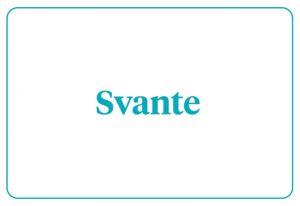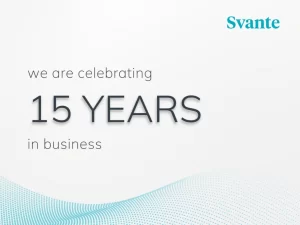Ed Davey announces new £20 million ETI project to develop and demonstrate advanced carbon capture technology for gas-fired power stations
The Secretary of State for Energy and Climate Change, Ed Davey, has today launched a new technology project which could see up to £20 million being invested by the Energy Technologies Institute (ETI) to develop and verify advanced carbon capture technology.
The ETI has commissioned and funded a consortium to deliver the project which will see a 5MW carbon capture demonstration plant capable of capturing up to 95% of carbon dioxide emissions designed, built and tested by 2016.
The technology will be designed to be used on new-build Combined Cycle Gas Turbine (CCGT) power stations or to retrofit Carbon Capture Storage (CCS) onto CCGT power stations.
The project launch was marked by a visit to consortium member Howden’s Global head office and UK factory in Renfrew, near Glasgow, by the Secretary of State. Howden’s currently employs 378 at its premises in Renfrew.
The technology that will be employed by the consortium is based around post combustion capture using a structured carbon adsorbent, housed within a rotating bed. An initial assessment by the ETI suggests that the technology could reduce the typical cost of electricity by 13 per cent when compared to current CCS technology*. The first phase of the project will see the ETI invest £1.6 million in a small scale demonstrator prototype, laboratory work and techno-economic assessment to confirm the projected benefits. This will then be followed by a conceptual design for the larger-scale demonstrator plant.
Once this initial stage completes, the ETI then expects to invest up to £20 million over three years in the detailed design, assembly and testing of a UK demonstrator plant. The technology is expected to be capable of large-scale deployment by 2020, at a cost and performance level which could make investment more attractive to project developers.
Ed Davey, the Secretary of State for Energy and Climate Change, said: “CCS is a key part of our aim to reduce carbon emissions from gas and coal in our future energy mix. The UK is a leading nation in developing this new technology and the project announced today is another important step to our goal of a cost competitive CCS industry.
“CCS is a prime opportunity for UK manufacturing and I am delighted to see Scottish based companies like Howden and Doosan Power Systems, as well as MAST Carbon based in Basingstoke, seizing the opportunity to create jobs for skilled workers and growth for the economy.”
Dr David Clarke, Chief Executive, ETI, added: “We expect CCS to be a key component in a future affordable, secure, low carbon UK energy system. Given the potential it offers, the technology around CCS requires investment now to build its economic viability and help extend its role in any future UK energy system design.
“With a large and relatively young CCGT fleet in operation, and the prospect of new builds continuing into the future, we are likely to enter 2020 with 30GW of CCGT capacity, much of which will require retrofit with CCS by 2030 if we are to meet UK CO2 reduction targets. Newly developed technology which reduces costs and accelerates deployment for new builds and retrofits by 2030 is critical. Major developments such as this project will support job creation and growth in the energy sector.”
Ian Brander, CEO of Howden Group, added: “The UK government’s initiative in creating the ETI to accelerate the development of low carbon technologies has in this case helped bring together an innovative gas separation technology developer with two world leading UK-based engineering companies; both of whom are well established within the global power generation industry. We have all become increasingly aware of the effects of climate change and the need to reduce CO2 emissions from energy intensive industries. As a consortium, we recognise that this need for change provides a proactive opportunity to use our knowledge and experience to develop products and systems that will help in meeting CO2reduction targets, and in the longer term help position the UK as a leading provider of next generation low carbon technologies.”
The consortium will be led by Svante (Formerly Inventys Thermal Technologies) in collaboration with Howden, Doosan Power Systems and MAST. Howden will manufacture the large rotating devices in which the carbon adsorbents will be housed; Svante will design the carbon dioxide capture process and system known as VeloxoTherm™; Doosan Power Systems will provide expertise in the area of engineering design, system integration and assessing the commercial value of developing such technology; MAST will provide the expertise in manufacturing the carbon adsorbent material; and ETI member Rolls-Royce, will provide specialist engineering support for the project.
This project adds to the ETI’s existing £33 million investment in its CCS technology program, which aims to build CCS infrastructure capability for the UK.
To view ETI Project Manager Rebecca Sweeney explain the project click here.
Notes to Editors
For further information, please call Richard Robinson, Media Relations Manager, at the ETI on 01509 202026 or 07500 049626.






